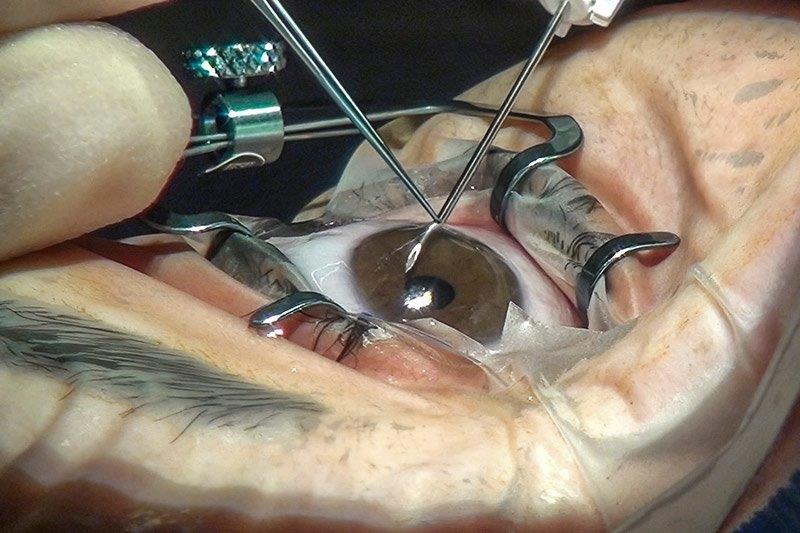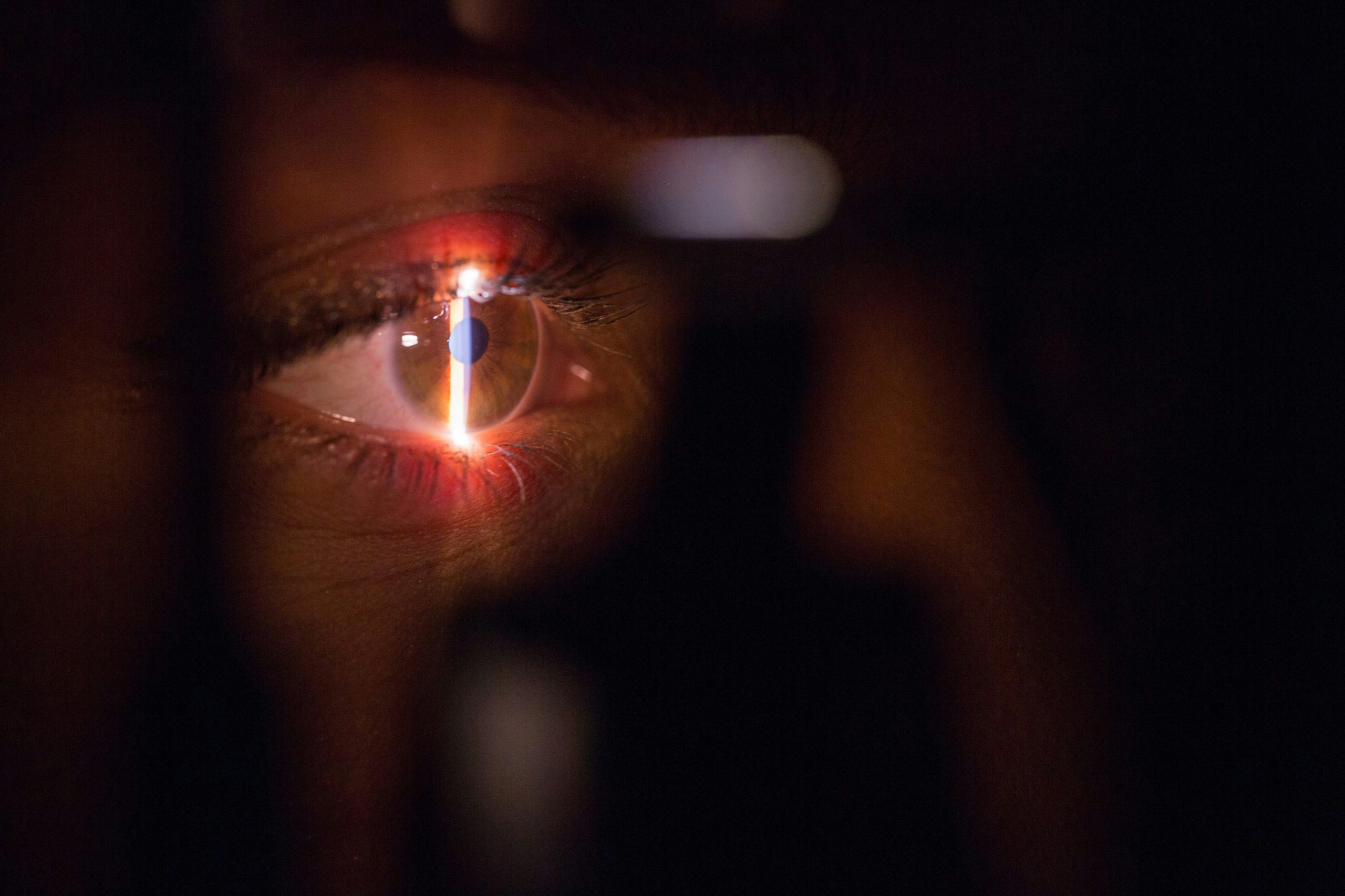A Proven Surgical Solution for Managing Glaucoma
Trabeculectomy is a well-established surgical procedure used to lower intraocular pressure (IOP) in patients with glaucoma. This procedure is highly efficient especially for those with open-angle glaucoma and cases resistant to medication or laser treatments. By creating a small drainage flap in the eye, trabeculectomy allows excess fluid to escape. This results in effectively reducing eye pressure and helping prevent further optic nerve damage. This surgery remains one of the most common and effective treatments for advanced glaucoma.
Types of Glaucoma Treated
Trabeculectomy is primarily performed for patients with open-angle glaucoma, which is the most common form. It may also be considered for patients with other types of glaucoma, including normal-tension glaucoma, where eye drops and laser treatments have failed. In some cases, trabeculectomy is used for angle-closure glaucoma if other treatments cannot adequately control IOP.
Success Rate and Efficacy of Trabeculectomy
Trabeculectomy has a high success rate for reducing IOP, making it a valuable option for patients with advanced glaucoma. Studies show that trabeculectomy successfully reduces IOP in approximately 70–90% of cases. However, outcomes can vary based on factors like age, type of glaucoma, and prior treatments. For many patients, this procedure also helps reduce or eliminate the need for daily eye drops. Aditionally, it offers a more sustained approach to managing IOP and preventing vision loss.
The Procedure
The surgery is performed under local or general anesthesia. A small flap is created in the sclera (the white part of the eye) through which aqueous fluid can drain into a small reservoir or “bleb” formed under the conjunctiva. This new drainage pathway allows fluid to bypass the trabecular meshwork, which often becomes less effective in glaucoma patients. An anti-scarring medication, such as mitomycin C, is often applied during surgery. Its role is to minimize scar tissue formation and increase the long-term success of the procedure. The entire operation typically lasts 30–45 minutes.

After Surgery
After surgery, the eye is protected with a patch, and the patient will be given anti-inflammatory and antibiotic eye drops to prevent infection and reduce inflammation. Patients should avoid strenuous activity for the first few weeks to allow the eye to heal properly. Follow-up appointments are scheduled frequently during the first month to monitor eye pressure, healing, and bleb function.
Safety and Side Effects
Trabeculectomy, while effective, does come with some potential side effects. Common short-term side effects include eye discomfort, temporary blurred vision, and redness. More serious, but rarer, complications may include infection, excessive scarring, and too low eye pressure (hypotony), which can lead to vision problems. However, with close post-operative monitoring, most side effects can be managed effectively.
Repeatability and Long Term Results
In some cases, trabeculectomy may need to be repeated if the initial surgery loses effectiveness over time, often due to scarring. While repeat procedures can still reduce IOP, they may be less successful than the initial surgery. Recent research also explores the use of anti-scarring agents and newer techniques to improve long-term success rates and minimize the need for repeat procedures.
Is Trabeculectomy Right for You?
Trabeculectomy remains a cornerstone of surgical glaucoma treatment, particularly for those with advanced disease or insufficient response to medications. While it carries certain risks, its high success rate in lowering IOP makes it a valuable option for long-term vision preservation in glaucoma patients. Regular follow-up and close monitoring after surgery are essential for achieving the best possible outcomes.
Remember, no glaucoma treatment can restore lost vision. However, various options are available to help preserve your remaining vision for as long as possible. Consult your doctor and see what’s the best treatment for you.

